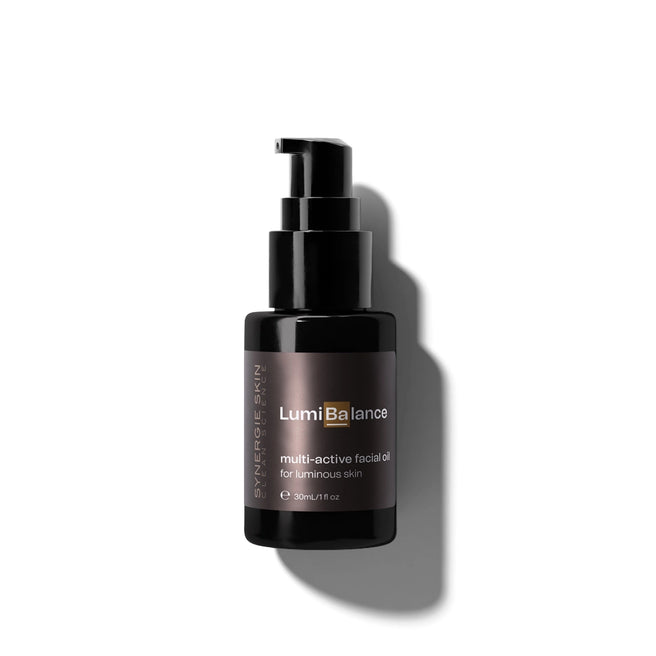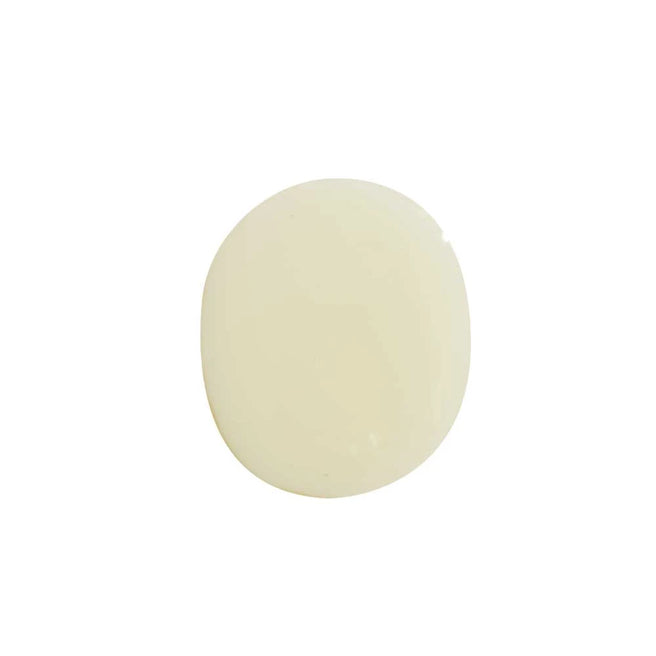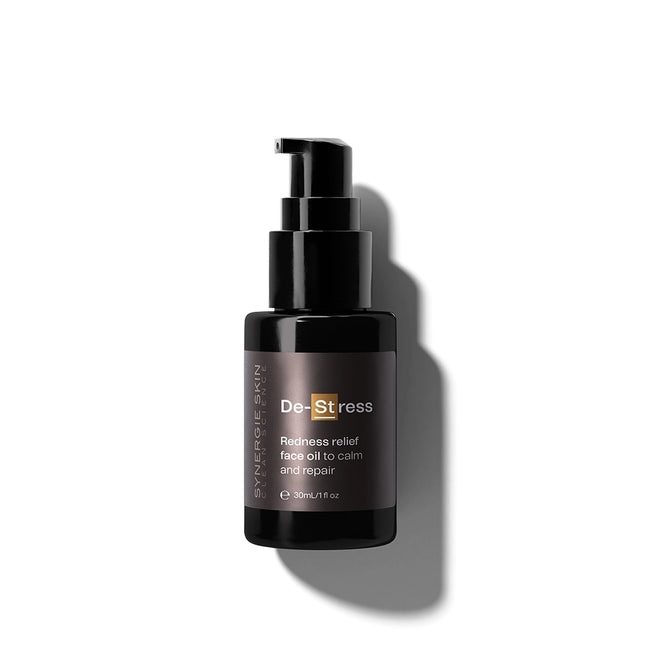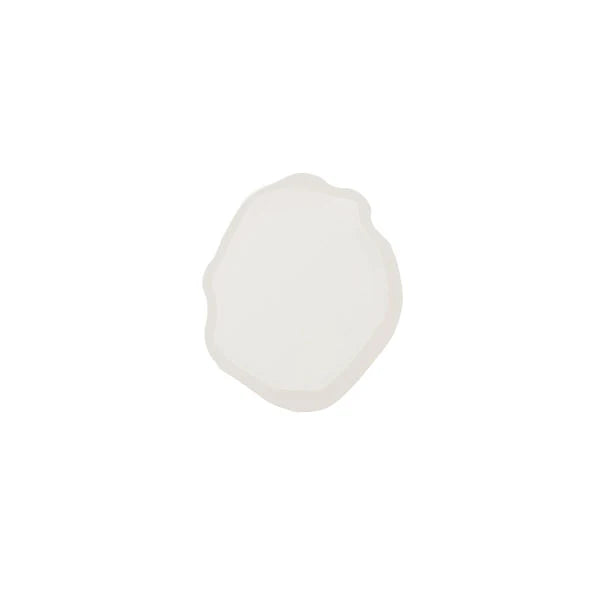The different types of facial oils and how they rank in terms of quality and effectiveness
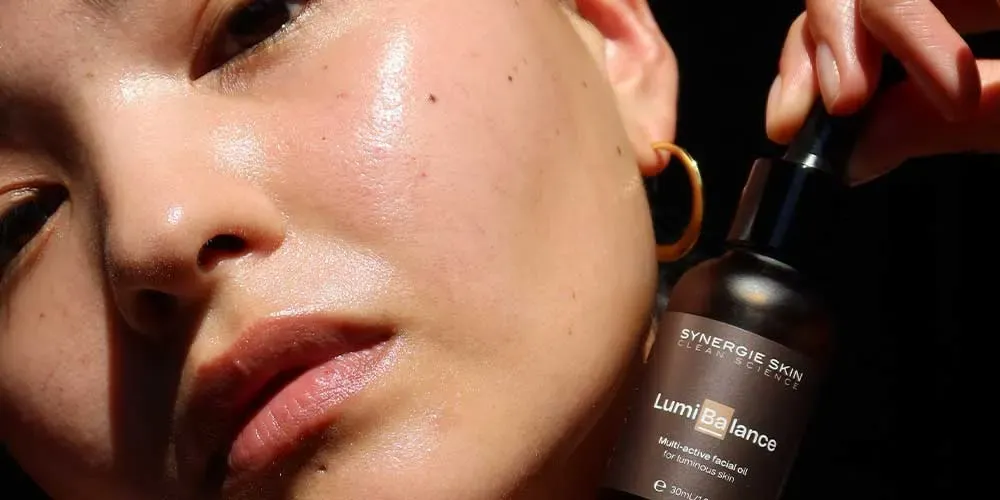
Facial oils have become a massive skincare category and are no longer considered a moisturiser for those with dry skin. However, not all oils are created equal, so it’s important to understand the different types of facial oils and how they rank in terms of quality and effectiveness.
When choosing the right facial oil for your skin it’s important that you do your own research to understand its specific benefits and how it differs from other products on the market. I’ve broken facial oils down into three key categories. Some you should look out for and others you might like to avoid:
- Filler oils
- Low shelf-life oils
- Comedogenic oils
- Evidence-based ‘precious’ oils
Filler oils
What are they?
Filler oils are inexpensive oils that don’t offer any considerable key benefits to the skin. They generally aren’t harmful to the skin; however, they are cheap, dermally ineffective and are usually included within the formula to bulk up the product or just create a pleasant sensorial feel.
Examples of filler oils:
Common examples of filler oils include apricot, almond, safflower, and sunflower oils.

Low shelf-life oils
What are they?
The shelf-life of oils vary in the length of time they can be used. I consider a low shelf-life oil in my lab to be less than one year, after which time it will begin to oxidise easily and become rancid. Rancid oils can cause skin irritations, whiteheads, blackheads, and blemishes, so never use expired oil on your skin. A rancid oil is packed with skin-damaging free radicals and will smell ‘off’.
Examples of low shelf-life oils:
Common examples of low shelf-life oils include rosehip, evening primrose, almond, grapeseed, and apricot kernel oils.
Comedogenic Oils
What are they?
As the name implies, these oils make the skin prone to pore blockage causing blackheads and whiteheads, also known as comedones. Those with acne-prone skin should avoid comedogenic oils in their skincare and makeup.
Examples of comedogenic oils:
Examples of comedogenic oils include coconut, linseed/flaxseed, soybean, wheat germ and palm kernel oils.
Evidence-based ‘precious’ oils
What are they?
Precious oils are active ingredients that impart cellular benefits to the skin. These benefits depend on the oil itself and the clinical studies that have been performed on each of them. I choose to formulate with evidence-based ingredients, including our precious oils that are backed by science. LumiBalance is our latest multi-active facial oil containing eight evidence-based active oils to restore, protect, and regenerate all skin types.
Examples of evidence-based 'precious' oils:
These are the ingredients I would be looking out for to add into your routine, bakuchiol, prickly pear seed, squalane, jojoba, marula and argan oils.






